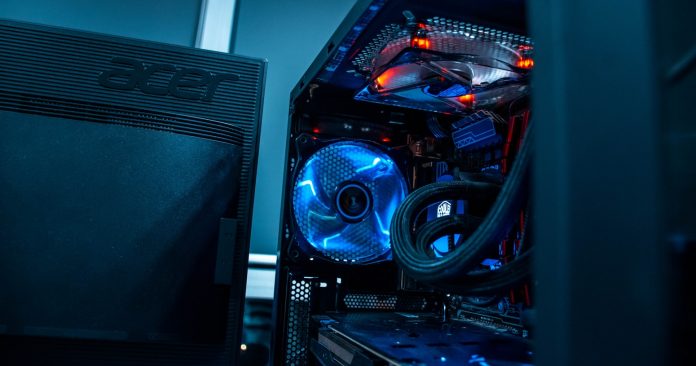Whether you’re building the ultimate gaming machine or a modest PC for office work, you’re going to need a good cooling system. Computers produce a considerable amount of heat. Some processor-heavy tasks can generate enough residual heat to warm up a small room! Contrary to popular belief, it’s not just one component that’s getting hot. Everything from the processor unit to optical drives produces heat. Thus, the amount of heat your system will depend largely on the setup you have.
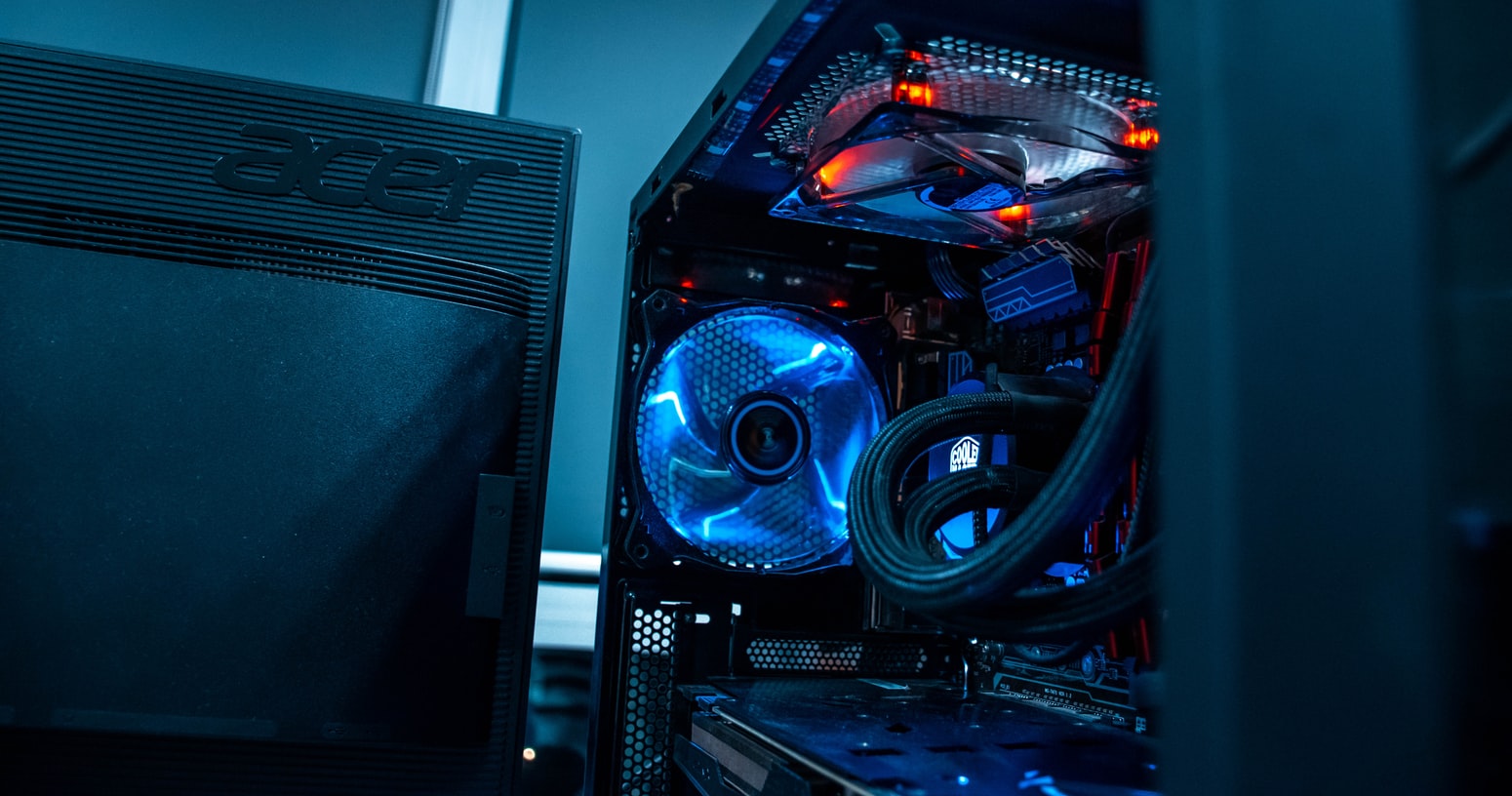
Cooling systems help to prevent overheating and let you work or play without any issues. The trick to building an efficient computer is to match your cooling system with your setup. Here are some common systems you can invest in. But before you decide on water/air/no cooler, make sure your PC case can actually fit the cooler. If you’re using an extremely outdated chassis model, Game Gavel recommends some excellent budget PC cases of various sizes.
Budget-Friendly Gaming PC
Fans are one of the oldest PC-cooling methods around. The concept behind computer fans is simple. The fans direct warm air out and draw cool air in through vents in the chassis. Placement is a big factor when it comes to efficiency. They should be placed strategically around the chassis to cool as many components as possible.
Typically, a minimum of three fans is recommended. Though, it doesn’t hurt to go all out and install more. The great thing about fan systems is that they’re relatively affordable and flexible enough to fit most needs. Thus, they’re a suitable option for budget gaming PC builds. You’ll also find them in multi-purpose machines, laptops, and pretty much any moderately priced computer on the market.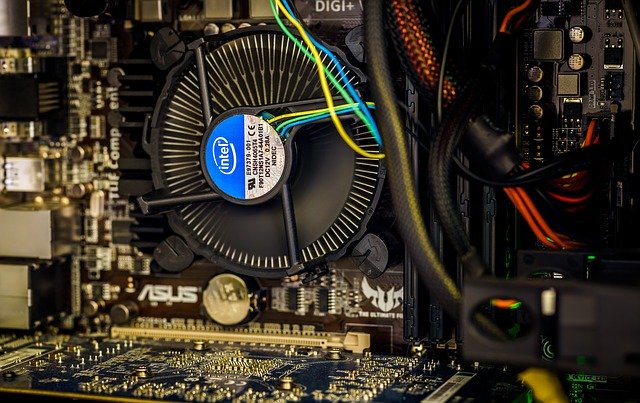
You can get fans in a wide range of PC case sizes. Some component manufacturers even integrate them for good measure. For example, you’ll often find fans built into power supply units.
The only downside of fans is that they do require a bit of maintenance. Dust can clog air vents and prevent fans from working properly. As such, keeping your fans clean and dust-free should be an important part of PC maintenance.
Multi-Use Office PC
Heat sinks are another common method that computer manufacturers use to keep things cool. It’s a very popular option for multi-use computers or those that are designed with low power consumption in mind. In many cases, heat sinks are used alongside fans or other cooling techniques to increase efficiency.
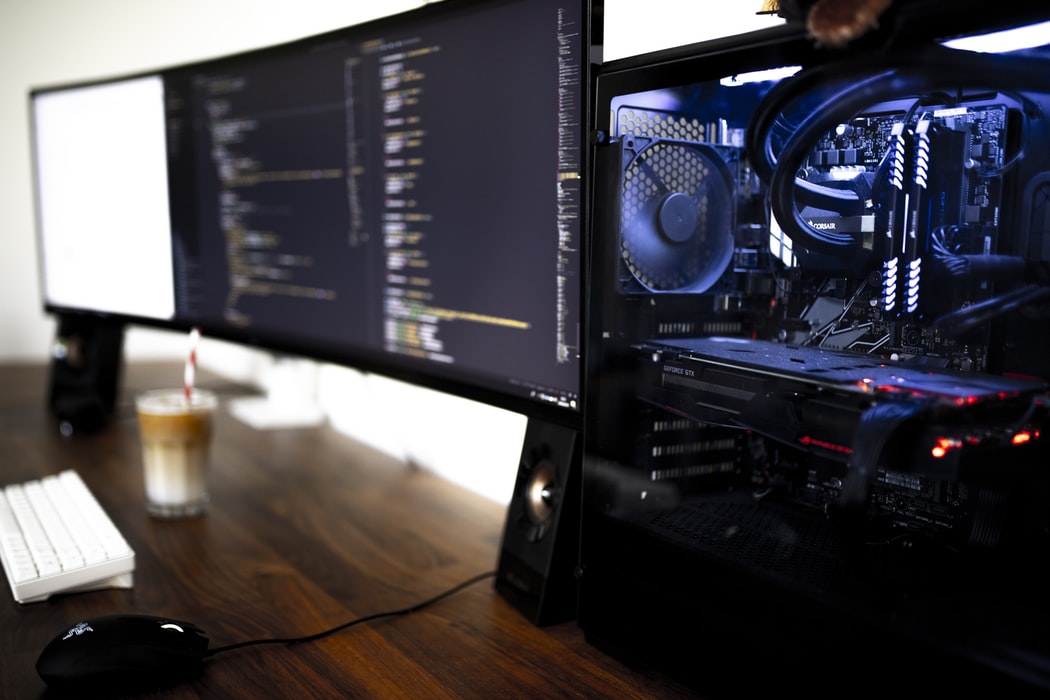
Basically, heat sinks are designed to dissipate heat efficiently. Often used for CPUs, dedicated graphics cards, and other high-powered components, the heat sinks have several fins to diminish a concentration of heat. The heat from the component will transfer to the sink and travel to the system’s various fins. These fins create a larger surface area to spread that heat more efficiently. There, air can naturally reduce the temperature.
Most heat sinks work alongside a thermal paste. The goopy substance improves the heat transfer process by eliminating any air gaps between the component and the sink.
High-Powered Gaming PC
If you have a high-powered PC that generates a lot of heat, liquid cooling systems are the way to go. Originally created for mainframe computers, liquid cooling systems have experienced a bit of a resurgence in recent years. That’s because it’s a highly effective method that makes overclocking possible.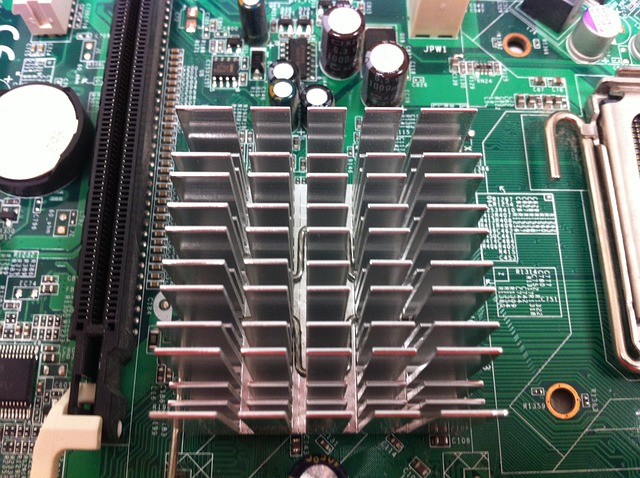
Liquid cooling is a bit more complex. However, the basic idea of it is pretty simple. The best way to look at liquid cooling systems is to think of the PC as a car. The liquid, which is usually just distilled water, travels from a reservoir through various tubes around the chassis. A pump is used to keep the water flowing at all times as you use the system. As the water flows, it absorbs heat from the components. That heated water then goes into a radiator, where it’s cooled by a fan.
After the radiator, the water is recycled back into the system. It’s highly efficient. Plus, it’s a unique feature that you can show off with a tempered glass case. Liquid cooling systems do cost more than the alternatives. There’s also the added risk of leaks. However, if you do things right, the system is a sleek and quiet way to keep things cool all day long.
Production PC
For machines that need the most power possible, such as production PCs used by filmmakers and editors, there are a few options. Most stick with liquid cooling. However, there’s also immersion cooling. Immersion cooling is quite rare but is considered to be one of the most effective cooling systems around. It’s commonly used for large servers.
Rather than using air to cool down the components, a thermally conductive liquid is used. The liquid does not conduct electricity. Thus, it’s completely safe to use. Typically, it’s a unique cooling oil. The liquid is more effective at transferring heat. All of your components sit in the liquid to stay cool.
Obviously, there are some challenges to be wary of. Not only do you have to choose the right liquid and components, but you need to make sure that your case is completely watertight.
Low-End PC
For extremely basic computers, you may not even need a cooling system at all. Believe it or not, even a portable AC near your case would do the trick. However…
We’re talking about systems with only the bare bones here. Smaller units, such as the Raspberry Pi, do just fine without a built-in fan. Though, some models do have a heat sink in place.
These computers are only used sporadically and serve a single purpose. Pair that with the low power consumption and you have a recipe for efficient natural cooling.
Keep in mind that these PCs aren’t going to be able to do much. If you plan on using the PC for an extended period of time, it’s always better to have some kind of cooling system in place.
Conclusion
Don’t make the mistake of thinking that you can skimp on your cooling system! An efficient system will keep your PC in good shape and help you avoid any irreparable damage. Luckily, there’s no shortage of options out there. You can easily find a high-quality cooling system regardless of your budget and the complexity of your setup.

